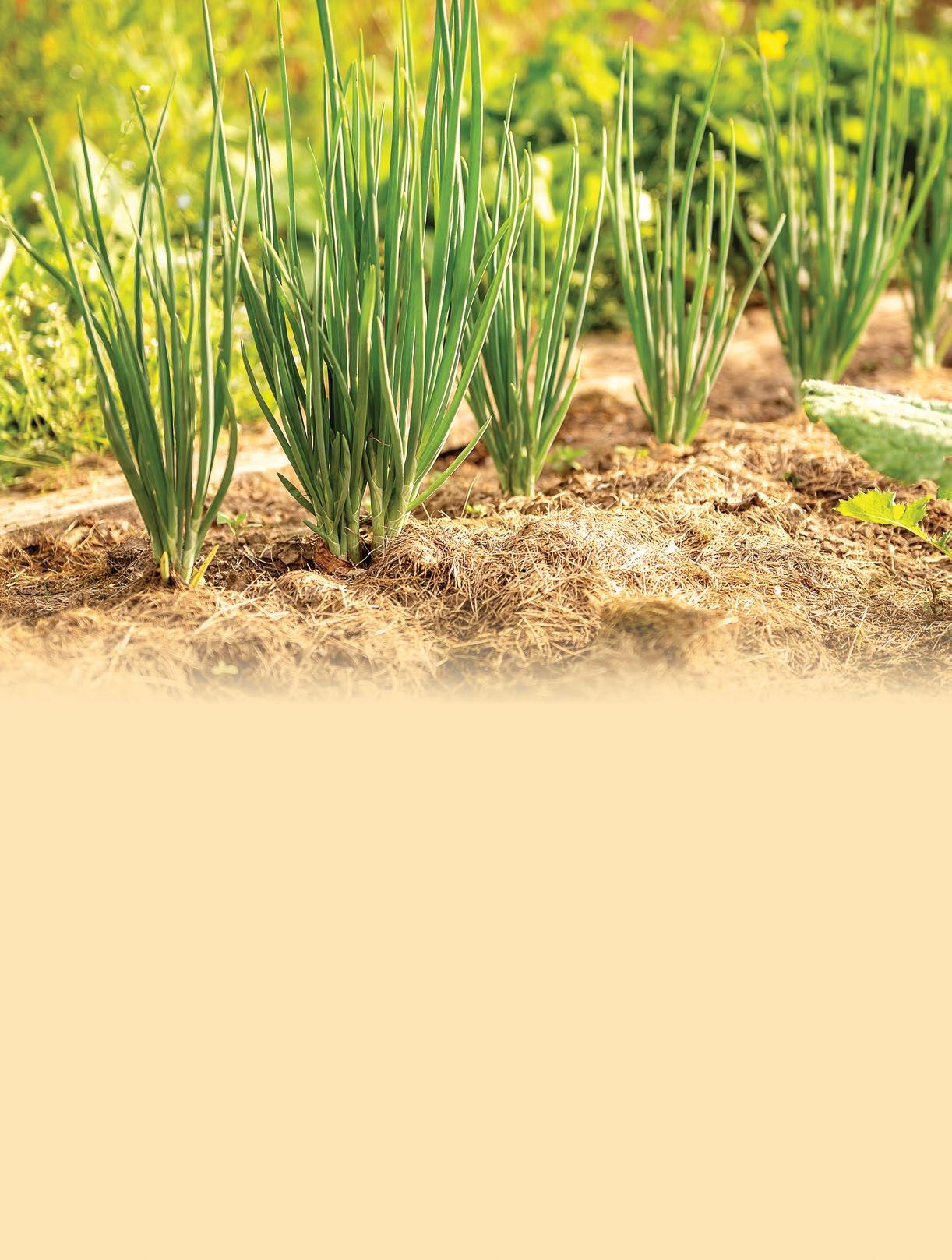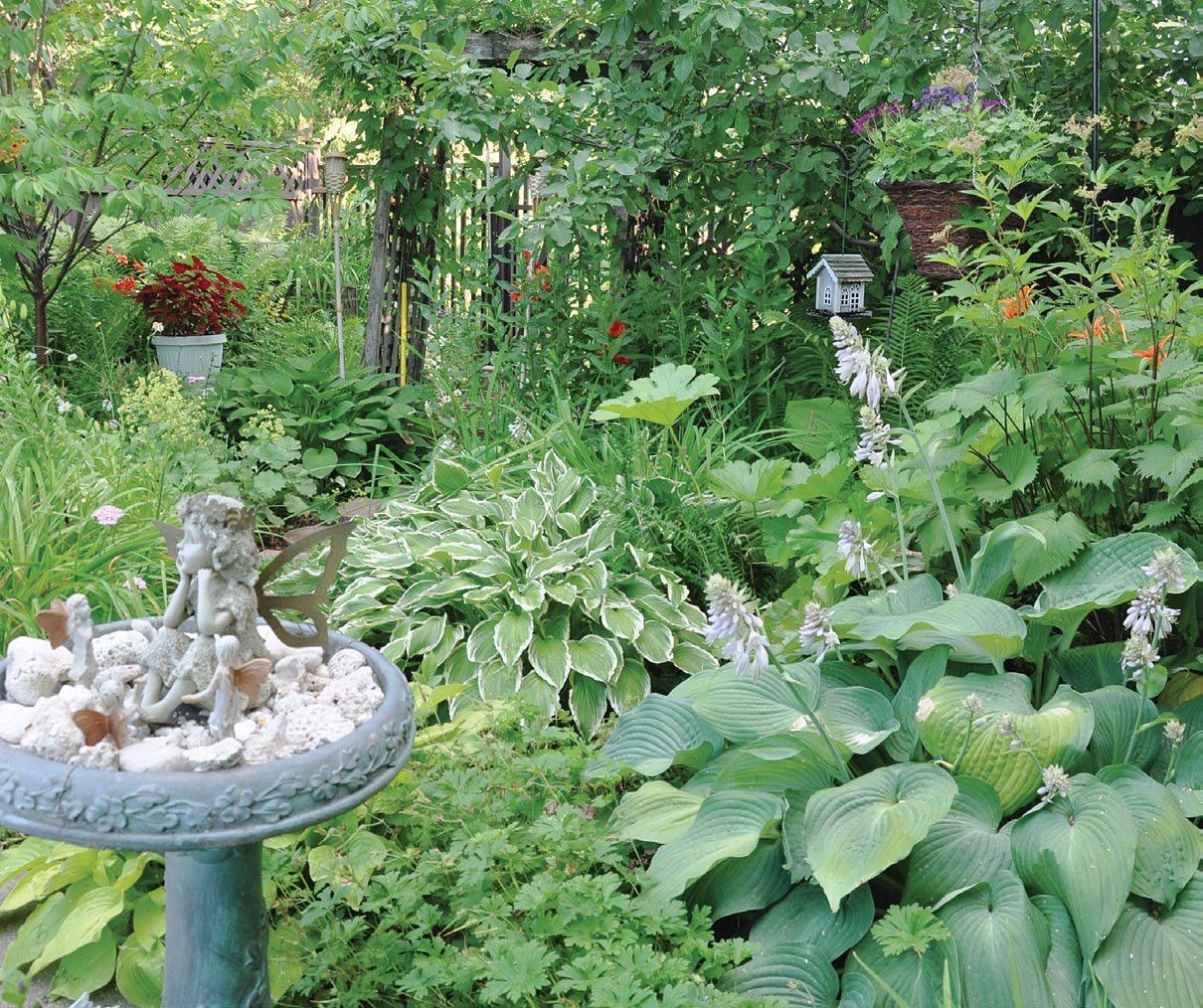How to get started
A
re you starting your very first garden? Congratulations! There are several little details to take you from the idea to your first year of blooms or food. Here is a primer that will get you through with most plants. This guide will be printed at the back of every issue of Canada’s Local Gardener. May you have a long future as a gardener, during which you add techniques from others and elements you discover that work for you. Happy gardening! How to start a garden 1. Make it smaller than you think you’ll need. 2. Mow the area, then lay down 7 to 10 sheets of newspaper over the grass or weeds. 3. Water the newspaper. 4. Pile on four to six inches of triple mix soil 5. If you want, pile on four inches of cedar mulch. 6. Plant bedding plants. Containers 1. Outdoor containers should be larger; smaller ones will dry out too quickly. 2. Hanging containers will dry out faster than those on the ground. 3. Drainage is important. If there are no holes in the container and you can’t put holes in it, put plants in a 78 • 2021
plastic liner pot and into the container. 4. Use potting soil for containers, not triple mix. 5. Feed container plants something like liquid kelp or Miracle Gro. They’re different from in-ground plants. Bedding plants 1. Water bedding plants the day before you plant them. 2. Dig a hole a little bigger than the pot the plant is in. 3. Remove the bedding plant from the pot. Squish the pot to get it out. 4. Gently spread out the root ball on the plant, put it into the hole and backfill around the root ball with soil. 5. Fibre pots: remove the plant and compost the pot. 6. Cell packs: if a plant comes in four or six attached plastic containers, they are four or six small plants, not one big one. 7. When you are done planting in a bed, water it well. Fall bulbs 1. Fall bulbs bloom in spring. They include tulips, crocuses and daffodils. You can plant them until the ground is frozen. 2. Plant bulbs in a hole that is three times the depth of the bulb. If a bulb is one inch high, plant it three inches deep. If it’s three inches high, plant it nine inches deep. Issue 2
3. You can plant each bulb in one hole or plant more bulbs in a wider hole. Leave one to two bulb-widths between them. 4. If you have chipmunks or other animals that will disturb bulbs, put chicken wire over the bulbs before filling in the hole with soil. Direct-sowing seeds 1. Prepare an existing bed by removing weeds and mixing in compost or topping with triple mix. 2. Either follow the directions on the seed packets, ask the person you got the seeds from, or follow the suggestions below. 3. Some seeds need light to germinate: ageratum, balloon flower, browallia, columbine, gaillardia, geranium, impatiens, lettuce, lobelia, nicotiana, osteospermum, petunias, poppies, savory, snapdragons. 4. Other seeds should be covered lightly with soil: alyssum, aster, balsam, beans, broccoli, cabbage, cauliflower, celosia, corn, cosmos, cucumbers, dianthus, eggplant, marigold, melons, morning glory, nasturtium, peas, pepper, radish, spinach, squash, tomato, zinnia. 5. Plant seeds about as far apart as you imagine the grown plant will need. Or plant them less far apart then thin them when they are too close together. Thin seedlings by snipping them off so you don’t disturb the roots of neighbouring plants. 6. Water new seeds with the mister on your hose nozzle so they don’t wash localgardener.net


















